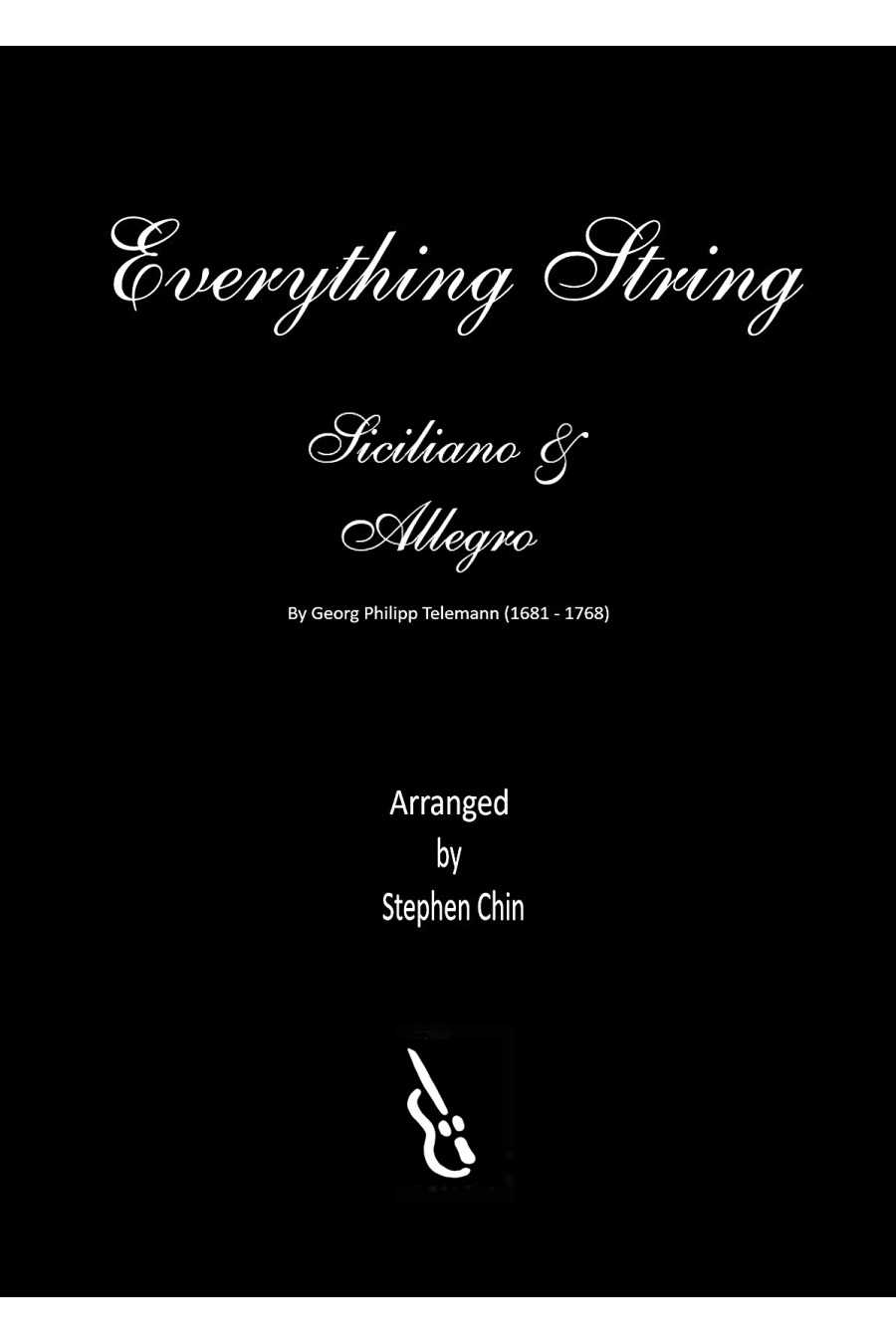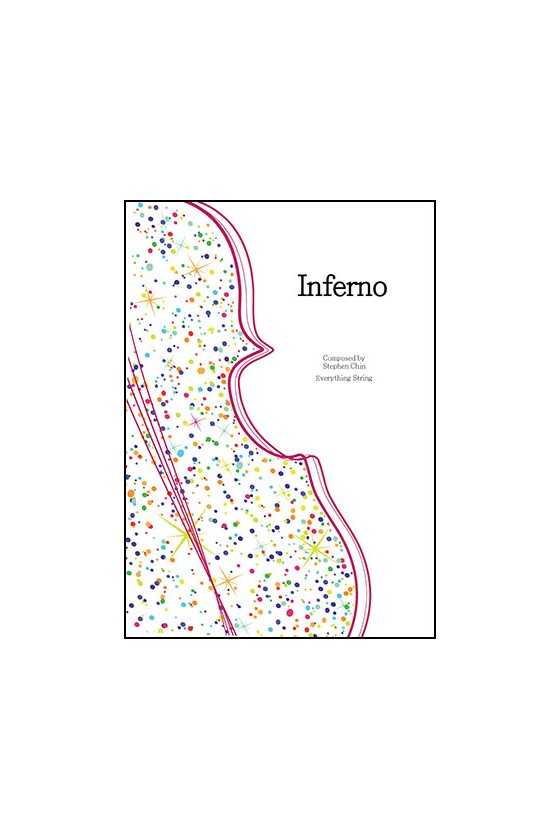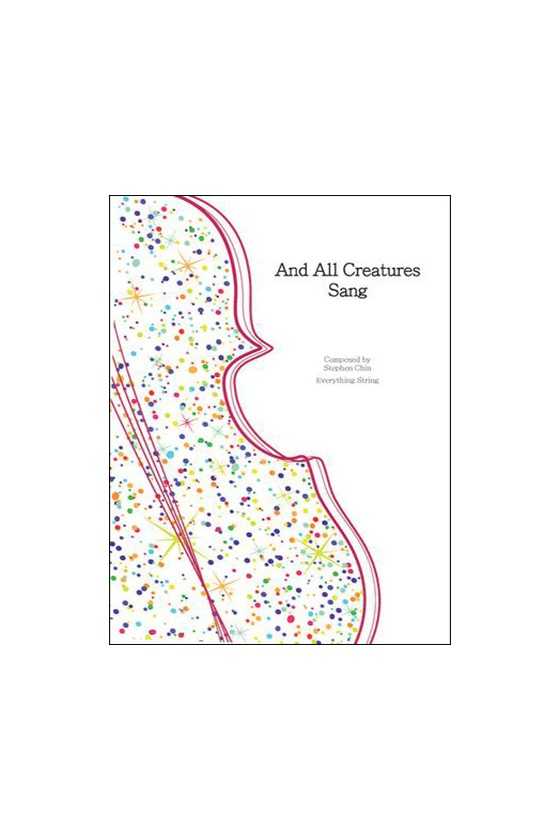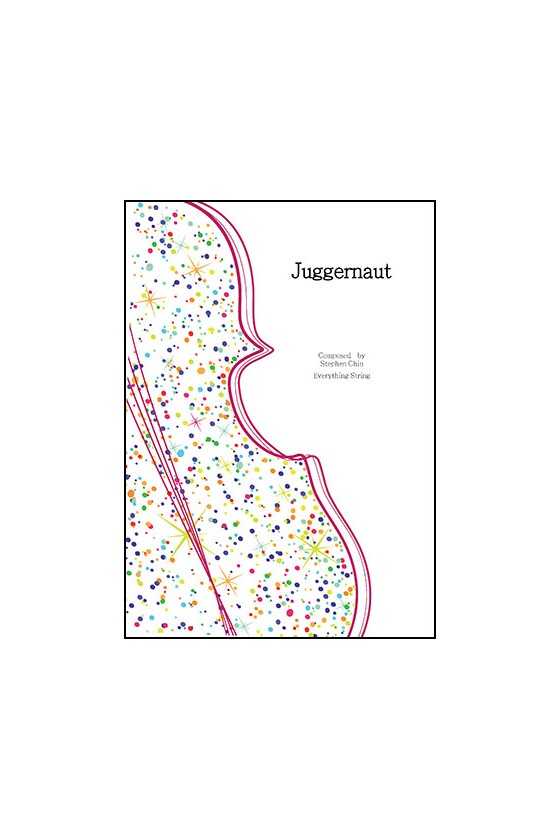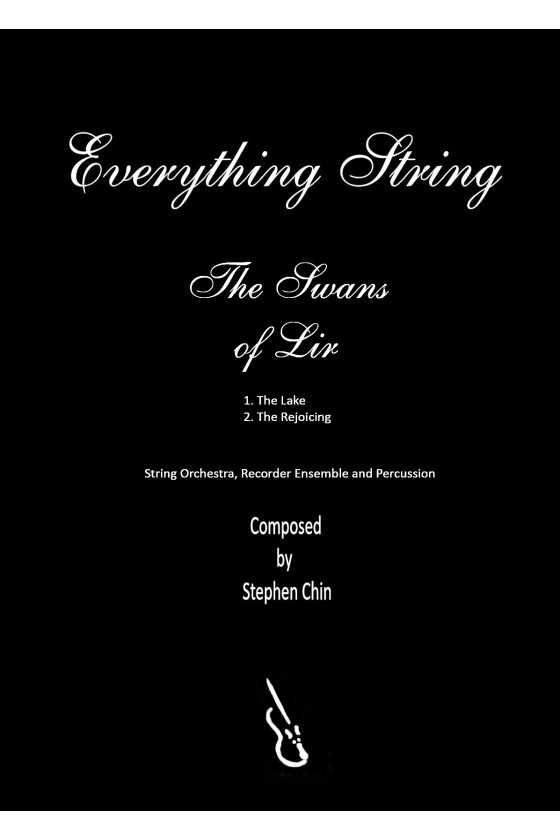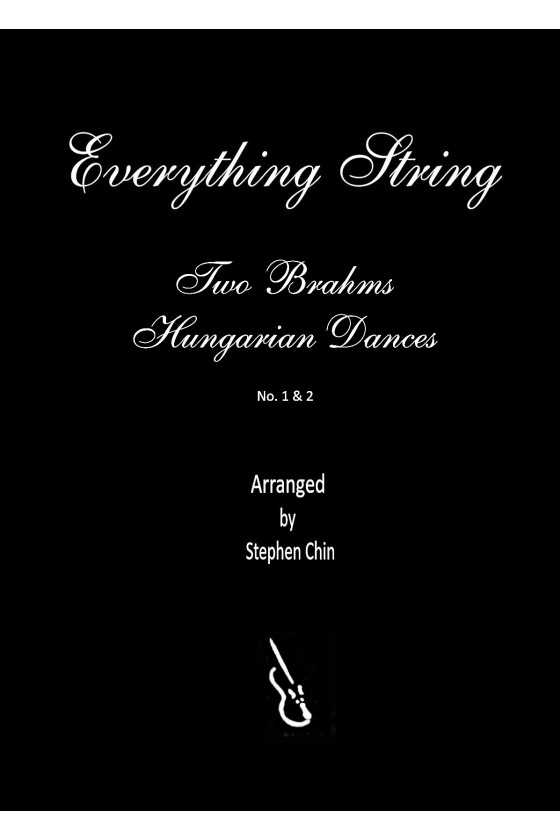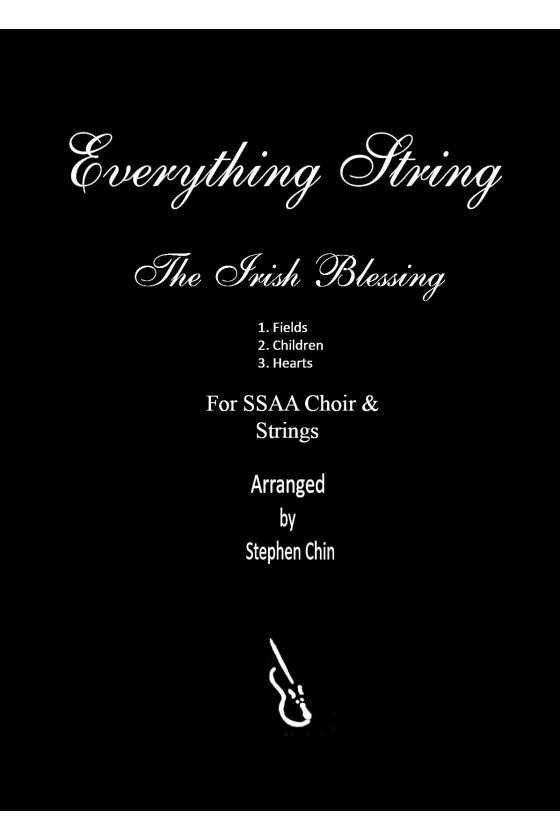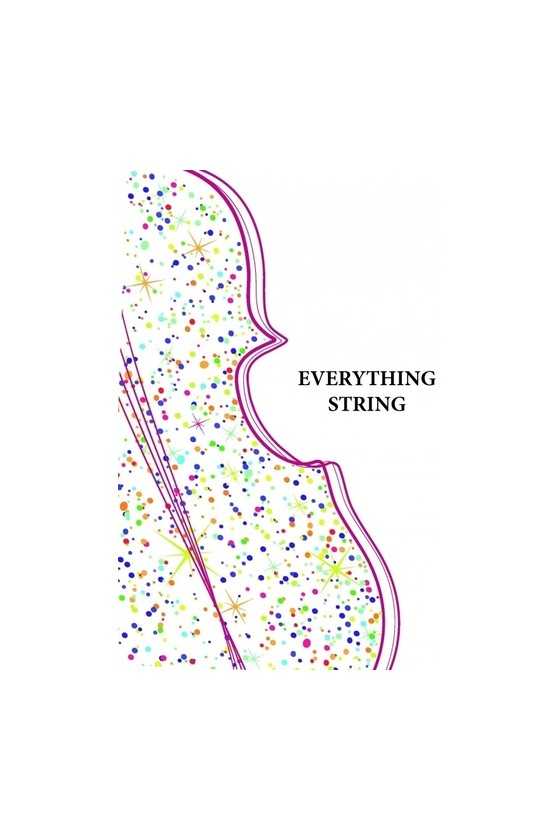Siciliano and Allegro by Telemann arr. Stephen Chin
Telemann was a prolific composer, creating over 3000 works, including 100 concertos, 40 operas and numerous chamber music pieces. The Siciliano and Allegro movements from his violin sonatas showcase contrasting Baroque styles and are great for developing phrasing and articulation.
For String Orchestra Grade 3
Siciliano and Allegro by Telemann arr. Stephen Chin
Georg Philipp Telemann was an extraordinarily gifted composer whose musical output was nothing short of astounding. His vast repertoire boasts an impressive array of works, including 1043 cantatas, 46 passions, 40 operas, over 100 concertos, 700 orchestral suites, and volumes of chamber music. The two pieces presented here are taken from his violin sonatas, which are excellent examples of the Baroque period's contrasting styles. The Siciliano is a slow, mournful piece with long, flowing lines that evoke a sense of melancholy. In contrast, the Allegro is a lively and energetic composition that showcases the skilful use of string crossings. This musical set is an excellent resource for musicians seeking to develop their phrasing and articulation in the Baroque style.
For String Orchestra Grade 3
8 other products in the same category:
Chin, And All Creatures Sang for String Orchestra
Chin, Juggernaut for String Orchestra Grade 3
The Swans Of Lir By Stephen Chin (Strings, Recorders and Percussion)
The Swans of Lir is an Irish legend about young children turned into swans by dark forces. The melody and accompaniments in "The Lake" reflect their helplessness, while "The Rejoicing" celebrates their eventual transformation back into children. The piece is scored for strings, recorders and percussion and is perfect for large concerts or festivals.
Two Brahms Hungarian Dances By Brahms Arr. Stephen Chin
Brahms adapted 21 Hungarian Dances for two pianos and later for a symphony orchestra. The 1st Dance has a brooding nature, while the 2nd Dance is characterized by wild changes in tempo and mood. Either could make a rousing finale.
1. Hungarian Dance No. 1
2. Hungarian Dance No. 2
For String Orchestra Grade 3
The Irish Blessing by Stephen Chin
The Irish Blessing has been an inspiration for generations. This three-movement work for strings, SSAA choir, and optional bagpipes will make an impact on your audience.
Preludio And Ciaconna By Dall’Abaco Arr. Stephen Chin
Evaristo Felice Dall'Abaco and Antonio Vivaldi lived during the same era. Dall'Abaco's piece features an opening Prelude and a Ciaconna that includes variations on a fixed bass. This Baroque piece introduces players to various musical textures.
For String Orchestra Grade 3

